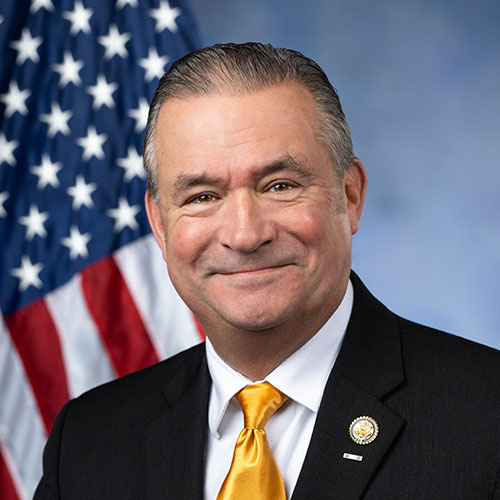Press Releases
Rep. Bacon Introduces the Military Biodefense Readiness and Protection Act of 2018
Washington, DC,
April 13, 2018
Today Congressman Don Bacon (NE-02) introduced H.R. 5482, the Military Biodefense Readiness and Protection Act of 2018, one of his 2019 National Defense Authorization Act (NDAA) priorities. “The United States must be ready to respond to today’s evolving threats. This bill will require the Department of Defense to focus on ensuring our servicemembers can defend themselves against highly-infectious diseases or weaponized pathogens,” said Rep. Bacon. “This bill also continues to build upon relationships between private, military, and public partners. The University of Nebraska Medical Center is a global leader in the biodefense field and their research will continue to increase our nation’s readiness when combatting these kinds of threats.” “We are especially pleased to see that this bill encourages increased coordination between the military and civilian agencies responsible for our national biodefense and health security,” said University of Nebraska Medical Center Chancellor Jeffrey P Gold, MD. “UNMC continues to work closely with both our military and civilian partners on the federal level in preparedness, research and development for bio-preparedness, and biosecurity.” The Military Biodefense Readiness and Protection Act of 2018 will require the DOD to be better prepared to operate in a biological threat environment. The 2014 Ebola crisis and recent use of chemical weapons in Syria and the United Kingdom highlight the need for DOD to have a comprehensive “all hazards” approach to force protection. H.R. 5482 will require the Assistant Secretary of Defense for Health Affairs to submit a plan to Congress addressing specific steps DOD will take to improve biodefense readiness, including: - To improve detection, diagnostics, and patient car for military members in remote locations. - To accelerate research and development on military medical countermeasures, therapies, and vaccines. - To establish military infectious disease response teams to augment forward deployed units and higher-level military treatment facilities. ### |
